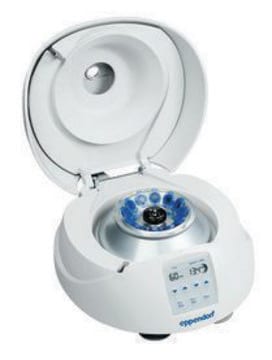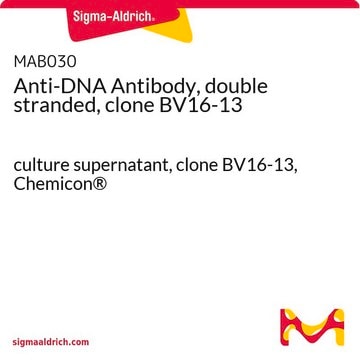716707
Cadmium zinc telluride
99.9999% trace metals basis
Synonym(s):
CZT
About This Item
Recommended Products
assay
99.9999% trace metals basis
form
crystals
mp
1100-1150 °C
SMILES string
[Zn]=[Te].[Cd]=[Te]
InChI
1S/Cd.2Te.Zn
InChI key
KHJSUZZLLOGDFZ-UHFFFAOYSA-N
General description
Application
signalword
Warning
hcodes
Hazard Classifications
Acute Tox. 4 Dermal - Acute Tox. 4 Inhalation - Acute Tox. 4 Oral - Aquatic Acute 1 - Aquatic Chronic 1
Storage Class
6.1D - Non-combustible acute toxic Cat.3 / toxic hazardous materials or hazardous materials causing chronic effects
wgk_germany
WGK 3
flash_point_f
Not applicable
flash_point_c
Not applicable
Choose from one of the most recent versions:
Certificates of Analysis (COA)
Don't see the Right Version?
If you require a particular version, you can look up a specific certificate by the Lot or Batch number.
Already Own This Product?
Find documentation for the products that you have recently purchased in the Document Library.
Active Filters
Our team of scientists has experience in all areas of research including Life Science, Material Science, Chemical Synthesis, Chromatography, Analytical and many others.
Contact Technical Service










